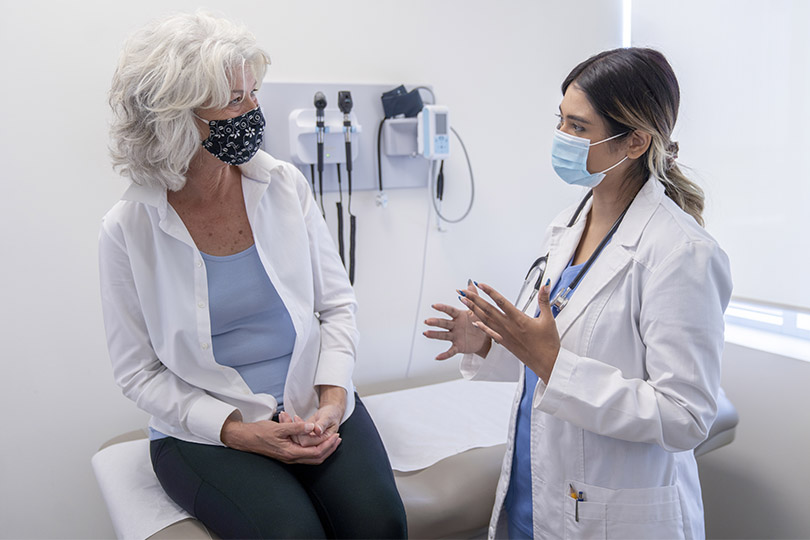Prostate Treatment Options
Medical & Surgical Treatments for Prostate Cancer
One in six men in the United States will develop prostate cancer at some point in their lives, making this cancer second in prevalence only to skin cancer. Lahey urologists have led the way in developing open and minimally invasive treatments for prostate cancer, drastically improving quality of life for those who undergo treatment for the disease.
Medical Treatments for Prostate Cancer
Prostate Center physicians work together with patients in a clinical environment to decide whether one of the following options might be an alternative to or used in conjunction with surgery:
- Brachytherapy (radioactive seed implants)
- High-dose rate brachytherapy
- I125 brachtherapy
- Hormone therapy
- Medical management (i.e., “watchful waiting”)
- External beam radiation therapy
- Transurethral needle ablation
Surgical Treatment of Prostate Cancer
Urologists at the Prostate Center perform surgeries using open, traditional laparoscopic and robot-assisted laparoscopic techniques. Among the treatments offered are radical prostatectomy, or surgical removal of the prostate, and pelvic lymph node dissection, whereby the regional lymph nodes of the prostate are removed.
Lahey surgeons have worked to modify open and laparoscopic procedures and combine techniques in order to better preserve tissues that are critical to continence and sexual function.
Patients with cancers that have not spread beyond the prostate may be candidates for “nerve-sparing” prostatectomy, whereby the prostate gland is removed without disturbing the nerve bundles that are responsible for sexual function.
Robot-Assisted Laparoscopic Prostatectomy
The Lahey Institute of Urology is equipped with a daVinci Surgical System, a computerized robotic platform that enhances the performance of laparoscopic prostatectomy.
As with traditional laparoscopic surgery, the surgeon operates through tiny incisions in the patient’s abdomen. The daVinci System serves as extensions of the surgeon’s hands, and is designed to filter and translate the surgeon’s hand movements into precise movements of instruments within the surgical site.
Surgical performance is enhanced by the elimination of some of the physical challenges posed by traditional laparoscopic surgery. The daVinci System can improve the surgeon’s visualization of delicate tissues and nerves by providing him or her with a magnified, 3D view of the surgical site. It also increases the surgeon’s dexterity by allowing for 360-degree rotation of surgical tools.
The daVinci System is the only surgical robotic system approved by the United States Food and Drug Administration for use in performing radical prostatectomy, as well as a range of other procedures.

